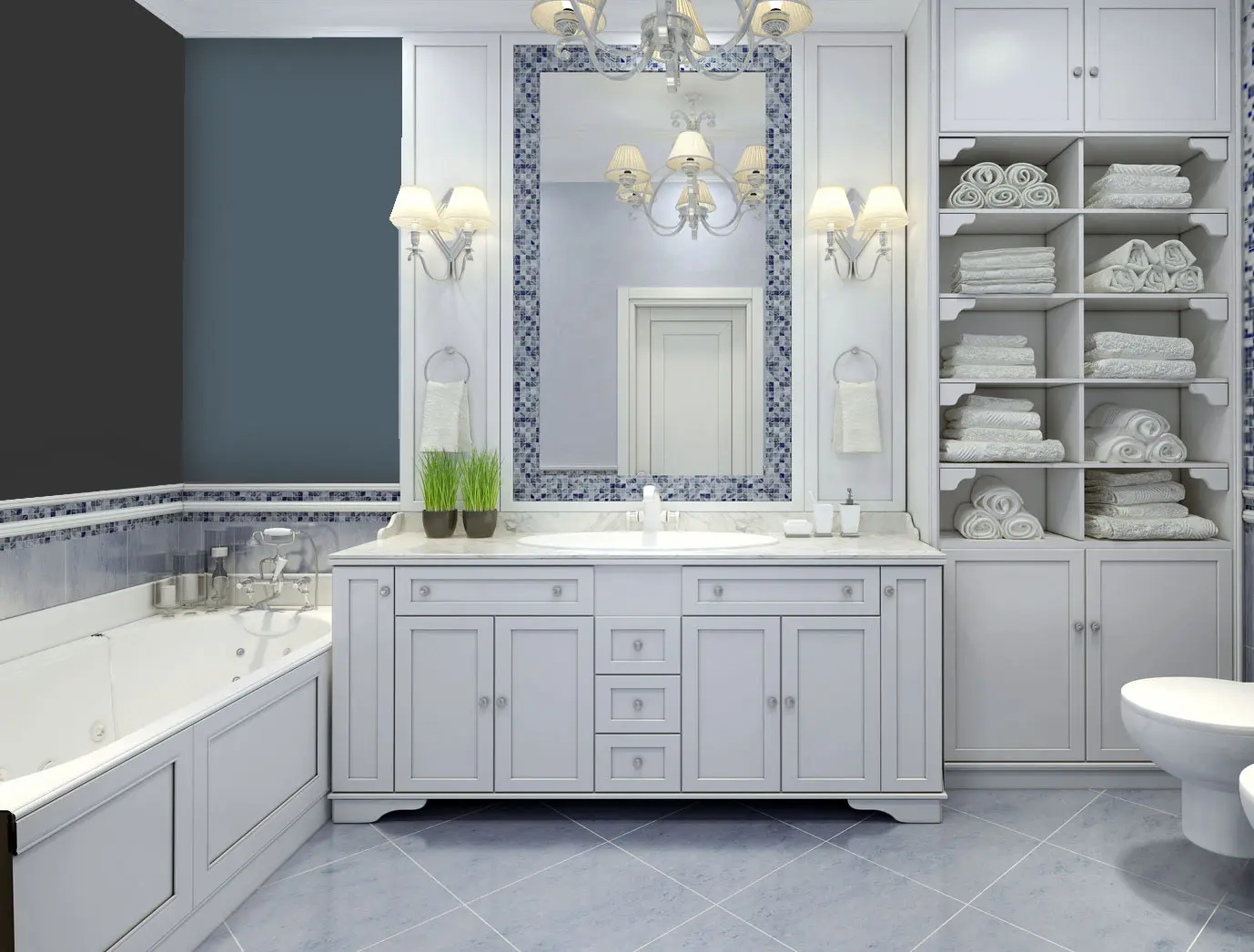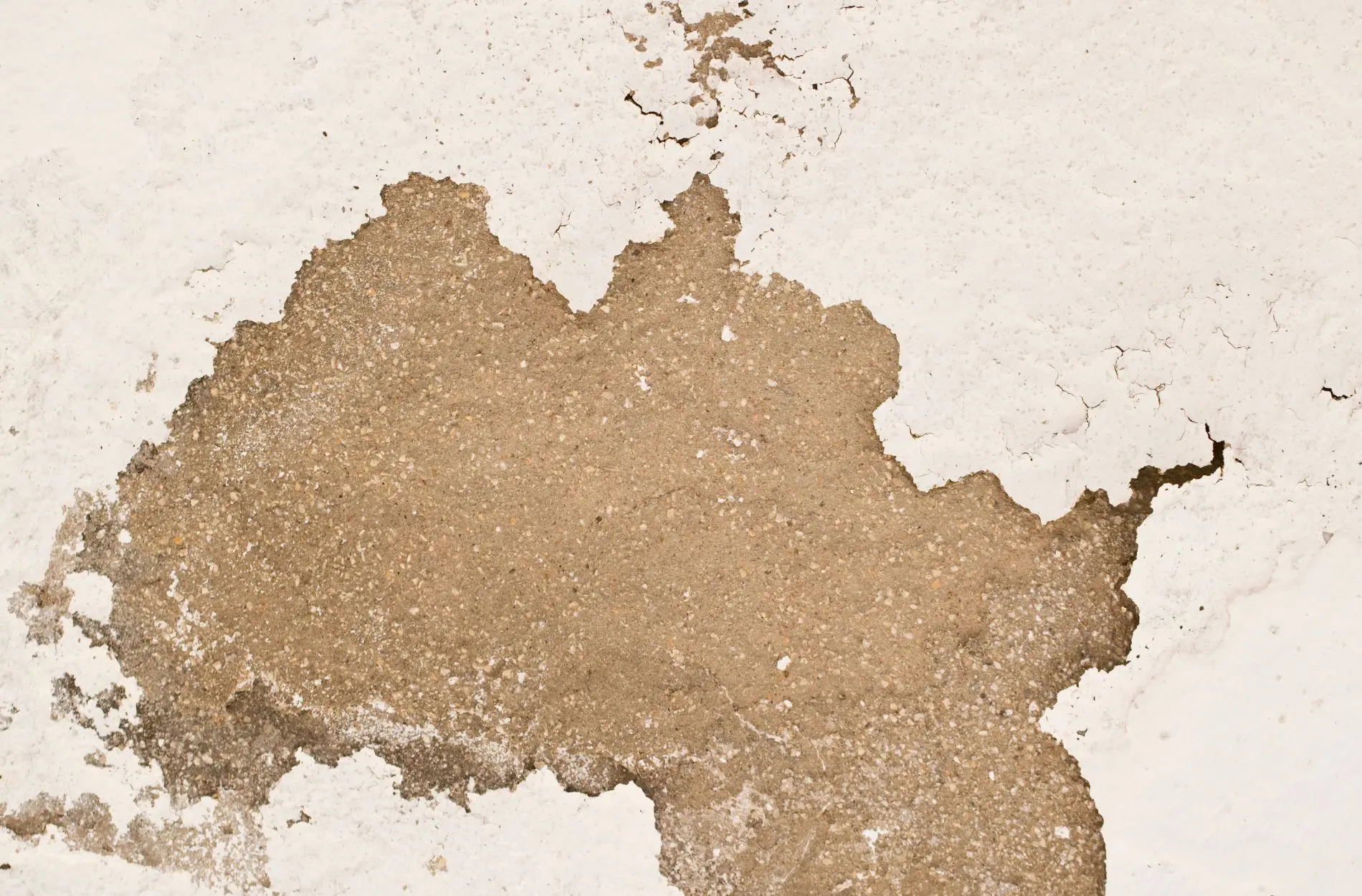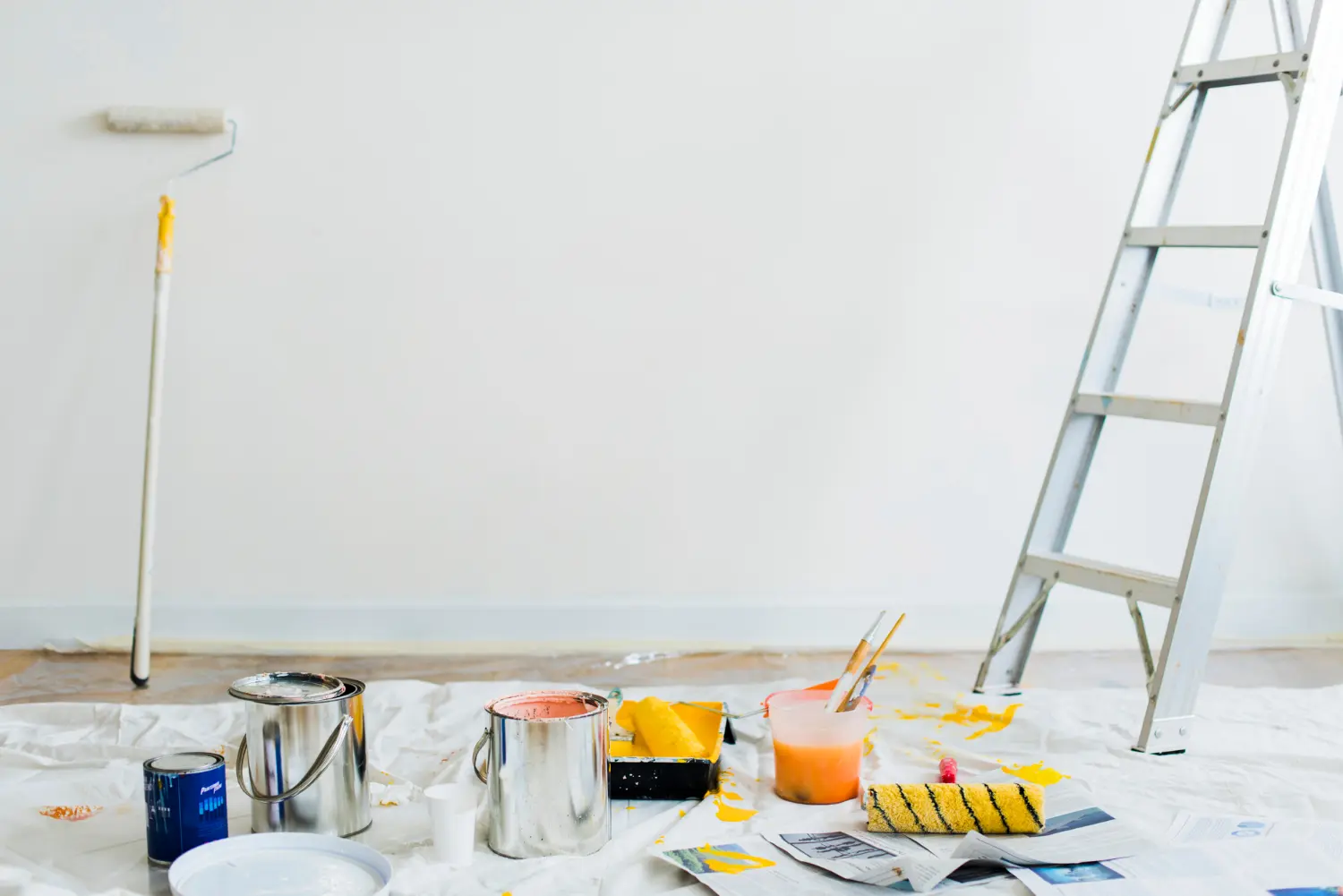Can You Paint Tiles?

One of the biggest downsides of decorating with tiles is the fact that they leave little scope for future alterations. Unless you go through the laborious process of removing them, stripping the adhesive and painstakingly preparing the surface, you’re basically stuck with them.
Or are you?
It’s a fair question, as you occasionally come across those who insist you can paint over tiles. Be it a coating of classic bathroom tiles or a choice selection of decorative tiles in the kitchen, there’s apparently more flexibility than meets the eye.

But is it the kind of interior painting project the average DIYer can tackle? More importantly, is it realistic to expect any kind of attractive result, when painting existing tiles a different color?
What to Consider Before Painting Tiles
At this point, you’re probably questioning the sense in attempting to paint glossy tiled services. And you’d be right to do so, at painting high-gloss tiles successfully is something you won’t be doing.
With all types of interior painting in general, glossy services cannot be painted without first being appropriately prepared.
This is the same with tiles, meaning that glossy tiles are more difficult to paint than their matte counterparts. Even so, prepping and painting tiles a different color is not nearly as difficult and time-consuming as removing them and starting again from scratch.
Either way, it’s important to take into account the type of surface you will be painting, and what kind of prep work will be involved. This includes how glossy the surface of the tiles is, their state of repair, the size of the gaps between them and so on.
For obvious reasons, painting a thousand tiny tiles with pinpoint precision is always going to be more difficult than painting a handful of much larger tiles.
Tips for Painting Tiles Like a Pro
As complicated as the whole thing sounds, the logistics of painting tiles are actually quite straightforward. Irrespective of the type of tiled surface you intend to paint, you’ll be looking at the same basic seven-step process, as follows:
- First up, give the entire surface a thorough clean, using an appropriate product to remove as much grease and grime from the surface as possible. If you plan on painting the grout, you will also need to give it a good clean and allow plenty of time for it to dry.
- Go across the tiled surface and note for any minor repairs that need to be performed. Fill any cracks and tended to any chips where possible, using a standard filler that can subsequently be painted over.
- If you are looking to paint a smooth and glossy surface, you will need to take to the tiles with some medium-fine grit sandpaper. Don’t get carried away, but give the glaze a good going over to create a slightly rough surface for the paint to adhere to.
- Get rid of all the dust from the surface and use painter’s tape to protect any areas you do not intend to paint.
- While it may not always be necessary, it is nonetheless recommended to apply at least one layer of a high-quality primer to the tiles you intend to paint. This will make it easier for the paint to adhere to the surface, and will also have an impact on the quality of the final result.
- After priming the surface, you can begin painting your tiles slowly and carefully. Aim to get the job done over the course of two or three thin and even coats of paint, rather than attempting to apply too much all at once.
- When the paint has fully dry and you are happy with the result, you can then apply an optional finishing sealer. This will create a robust protective layer on the surface of the paint, which can be particularly important when painting tiles in high-humidity areas, or rooms subject to regular temperature fluctuations.
That’s all there is to it, the same basic principles can also be applied when painting tiled surfaces outdoors. Some types of matte tiles can be painted over with little to no preparation necessary, but be sure to experiment in a discreet corner of the surface before proceeding with the rest.
Depending on the material the tiles are made of, they may soak up the paint like a sponge and prove somewhat difficult to deal with, without first priming the surface.
For more information on the services we provide or to discuss your requirements in more detail, contact a member of the team at Homm CPS today.










